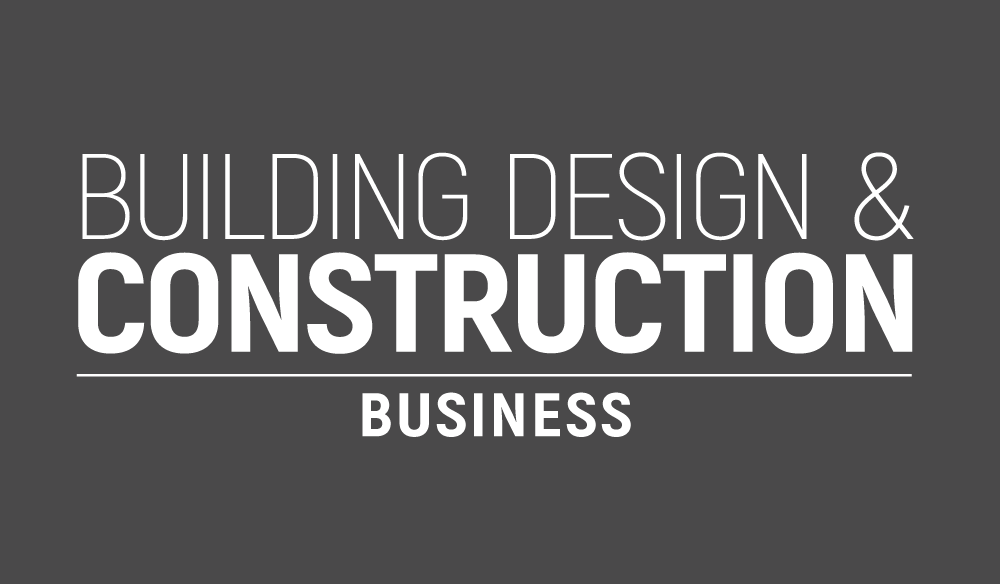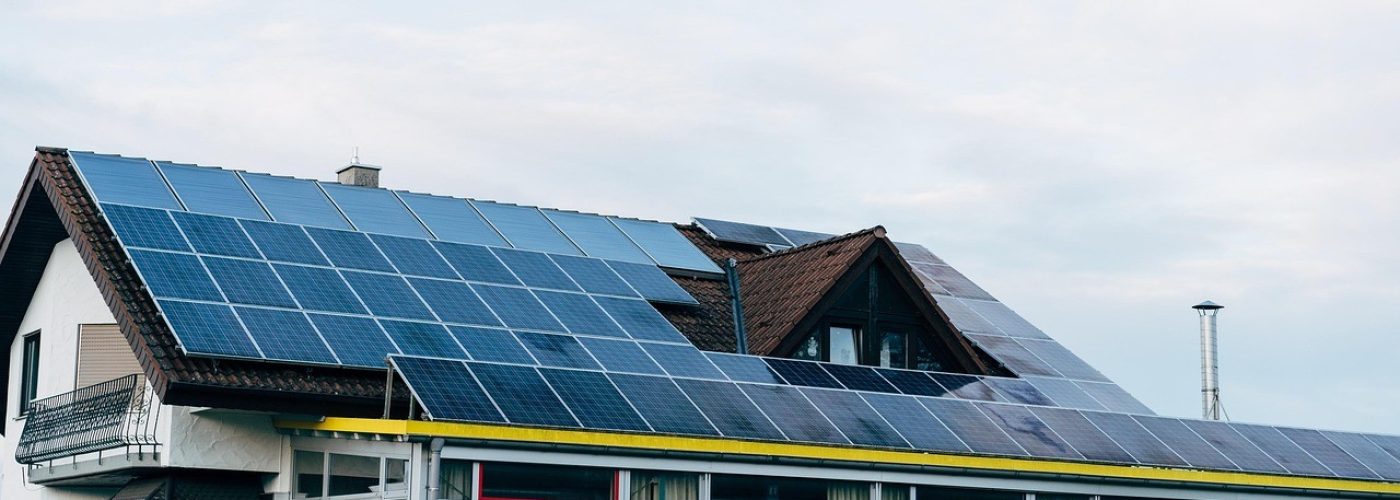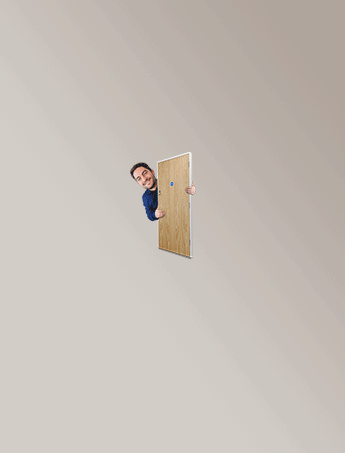Sustainable living is more important now in the UK than ever before. Challenges from rising food prices and increasingly unstable weather patterns have put homeowners in difficult positions, and they’re unlikely to improve any time soon. Adopting green technologies and sustainable practices is one of the best ways the average person can face these challenges, but where should we start, and what do we need to know first?
Not Every Home is Created Equal
The first thing you need to know before starting a journey to improve your sustainability is that much of what you can do depends on your property. While it’s always possible to add some elements into your home to support sustainability, different homes will have vastly different potential. This means you essentially have two options: manage your expectations, or take a more drastic approach and seek a more suitable long-term location
Moving to a new location doesn’t mean travelling across the country either, as different areas close to each other can provide very different options. Selling via an estate agent can help you here, or you could consider a faster-paced modern option to help you find a more suitable place nearby. A platform like We Buy Any Home in Bradford is a strong example, and could help you move from the city to a slightly more rural location in Shipley, which you might more easily modify. These systems are available across the UK too, and with guaranteed sales on any property, you’ll never need to worry about missing out on the perfect opportunity.
Adding Up the Small Things
Sustainable practices aren’t about doing everything all at once. Not only is this approach expensive, but it can also be difficult to adapt to. Instead, it’s best to look at each option available, considering the different choices in this area carefully, and slowly building up to a more involved whole.
Many people find gardening to be a great starting position, where you can grow your own vegetables to help feed yourself and your family. Websites like Gardentech explore the easier options for beginners here, so you don’t feel overwhelmed. You might also consider trading excess produce with similarly-minded community members, or even selling it at local markets.
Solar panels are also a popular choice across the UK, which are only growing cheaper and more effective. These will protect you in case of a power cut, and can pay for themselves in less than a decade in some circumstances, after which they can earn you money. Plus, with many homes eligible for the grants noted at Sunsave, you can pay even less, so you see the benefits sooner.
Alongside bigger additions like better wall insulation and windows, you can also gradually make changes by adopting more eco-friendly appliances. If you replace broken electronics with more energy-efficient ones, the savings will eventually add up, especially once your collection grows.

Making your home more sustainable isn’t a sprint; it’s a marathon that we all need to think about in the decades to come. Even if it takes you years to achieve the most you can, make small changes over time, and you’ll eventually find yourself in a greener and more affordable future.





